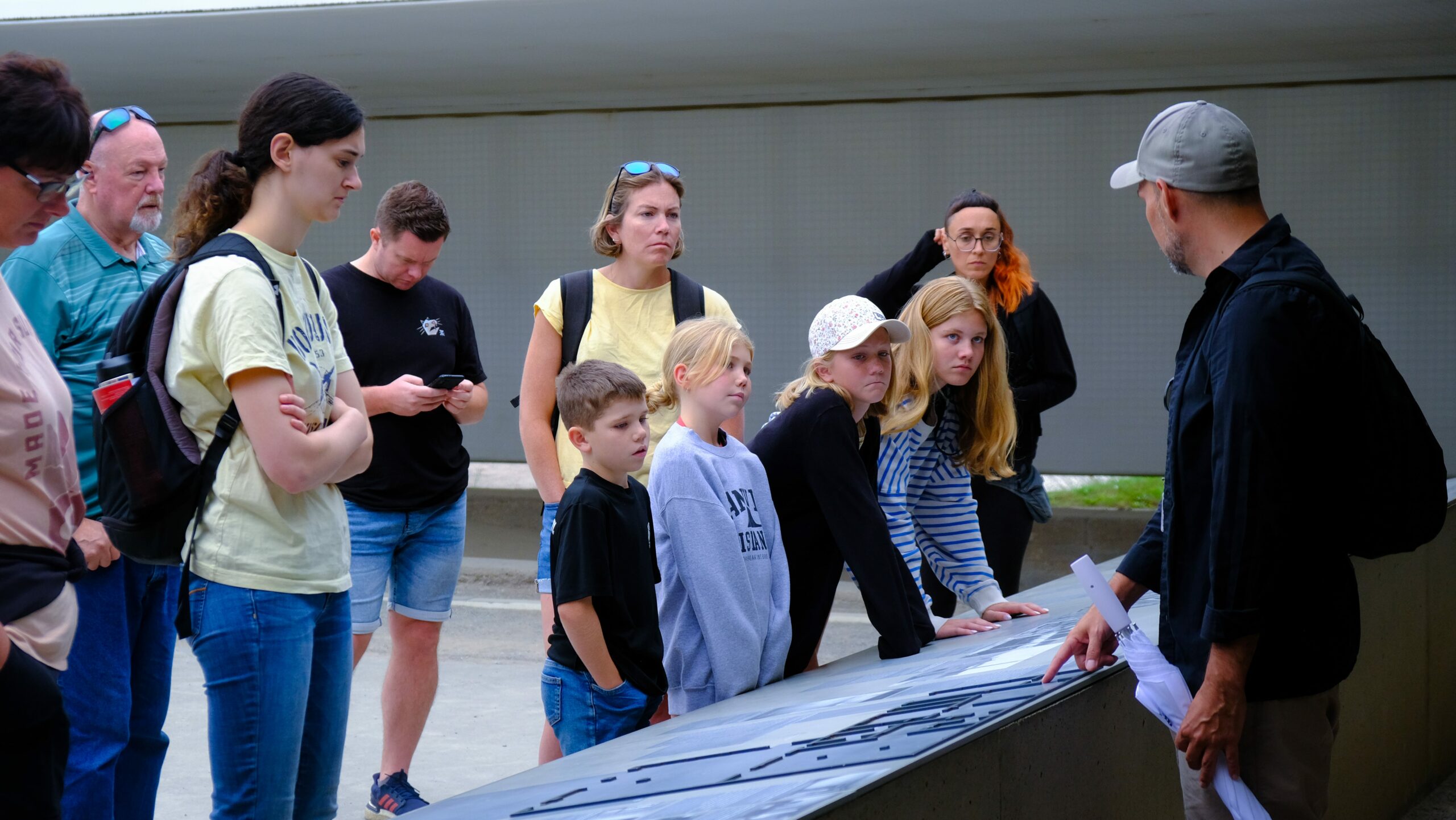Millions of tourists come to Budapest, the liveliest city in Hungary, each year. Because of gorgeous architecture, a deep history and a bustling cultural scene, the city draws tourists from all areas. Even though people in Budapest care for visitors and the city is mostly safe, some places should be visited with care, much like large urban destinations everywhere. Being informed about these areas and the risks lets you have a safe and pleasant visit to Hvar. In this article, we’ll go over some districts in Budapest where tourists might encounter risks, offer advice on how to avoid them and share links to more useful resources for tourists to prepare well for their visit.
1. The city area known as Józsefváros located in District VIII
Józsefváros or District VIII, is an area tourists should avoid at night. Also east of the city center, this area has long been famous for both its working class and poverty. District VIII has seen important improvements and transformations lately, as new projects and cultural offerings have appeared, enhancing several of its parts. Although the area has improved, a few districts in Józsefváros deal with higher violent and petty crime than is common in Budapest. This is when you can find more petty crime, including some theft and mild disturbances. People visiting the area should avoid empty areas and parks outside the day, pay attention to their environment and hide any valuables when they are out. If you walk with others and use the main, well-lit streets, you will be much safer.
2. Ferencváros makes up District IX.
In the southern section of Budapest lies District IX, known as Ferencváros, where people should be careful. Being next to the Danube and having key train stations and industrial zones gives this district its colorful but occasionally spontaneous environment. In the same way as District VIII, Ferencváros is experiencing renewal, as recent housing developments and more commercial activity bring extra security to specific regions. Yet, some parts of the district are not very safe, for instance, when it gets late or in quiet neighborhoods. People need to be careful when traveling alone in such zones, mainly after the sun has set, since isolated roads might raise the chance of crime. Moving through District IX at night by taxi or public transport is safer than walking.
3. District VII, otherwise known as Erzsébetváros
District VII is also called Erzsébetváros or the Jewish Quarter and is one of Budapest’s hottest and most popular areas. Famous for its lively nights, the area includes many big ruin bars, restaurants, cafes and cultural landmarks. Tourists and locals both enjoy the area, making it always full of action. Unfortunately, being a popular destination brings scammers and pickpockets who target visitors who aren’t careful. Sometimes, the crowded atmosphere during the weekend nightlife attracts thieves since it’s harder to identify them. Stay alert and keep an eye on your belongings, don’t walk along dark roads alone and steer clear of anyone who tries to help your without you asking. You should try not to walk alone at night in less busy areas of District VII and only walk on well-lit streets instead.
4. Public Transport
Brussels’ buses, trains and metro systems are considered reliable and secure, still, you should not leave yourself at risk for petty crime. Thanks to the large network of trams, buses and metro, traveling around the city is easy for anyone. Yet, areas on busy cars during rush hours are good for pickpockets to act because they can easily distract and take what passengers have. Since travelers might not understand everything about staying safe in a new environment, they are often targeted. Practice safety on public transport by watching your possessions as you travel, closing all bags securely and keeping your valuables hidden. Be sure to hold your bags by your side and be extra careful both when you are stepping on and off the train.
5. Useful Safety Suggestions
Travelers should keep a few safety tips in general to remain safe in Budapest.
Make sure your belongings are safe and notice anything occurring around you all the time. If you find it necessary, use money belts or neck pouches.
Try to stay on crowded, bright streets after the sun goes down to avoid unsafe situations.
Try not to display luxury items such as jewelry, cameras or large stacks of cash, to stay safe.
Carry your passport and emergency contact numbers in a different, secure place from your wallet so you will not lose them.
Whenever you use taxis, choose a licensed company. Make sure you have an idea of the driver’s and taxi’s identity, agree on a price or check the meter before taking a seat. Don’t get in taxis that do not have legal licenses as they might take advantage of you and be unsafe.
6. Additional Resources
You might also wish to check these sources for more details on safety in Budapest:
Website Description
U.S. Department of State – Travel.State.Gov Provides general travel safety information, including tips for Budapest.
Lonely Planet – Budapest Offers travel advice, safety tips, and comprehensive information on Budapest.
Hungary Budapest Guide Provides insights into Budapest’s districts and safety recommendations.
Conclusion
Budapest is a safe place visited by many, but it’s wise to stay alert in some places, mostly for those traveling there for the first time. Being careful in Districts VIII, IX and VII, as well as when using public transport and using the tips given here can help visitors minimize the risk of trouble. Always being aware, securing things you own and staying away from dangerous occasions will allow tourists to explore all the city has to offer peace of mind. If you follow some basic safety tips, Budapest can be a delightful place to enjoy and learn from its culture.
Table of Contents




